Cleveland Clinic is a non-profit academic medical center. Advertising on our site helps support our mission. We do not endorse non-Cleveland Clinic products or services. Policy
Treatment-resistant pulmonary disease — primarily pulmonary fibrosis and pulmonary hypertension — contributes to pulmonary disease being the most common cause of death in sarcoidosis. Radiologically overt pulmonary fibrosis develops in five to 10 percent of patients with sarcoidosis. Pulmonary hypertension develops in the same percentage; however, the complication is found in more than 50 percent of sarcoid patients with persistent dyspnea.
Although the majority of patients with limited pulmonary fibrosis never develop severe disease, we have no validated markers to help predict which patients will progress to significant fibrosis, and the value of imaging findings in predicting treatment or outcome is unknown. Additionally, how treatment for pulmonary sarcoidosis might mitigate risk is unknown.
A model that combines physiological and radiographic parameters to better predict mortality in these patients has been developed, but requires validation in a diverse population. While the signs and symptoms suggestive of pulmonary hypertension have been identified, they also require further validation, since many of the individual risk factors are also associated with other lung diseases.
In late 2015, I participated in a National Heart, Lung, and Blood Institute sarcoidosis workshop as part of a multidisciplinary team that reviewed known data on patients with manifestations of high-risk sarcoidosis and suggested where research efforts should be targeted. Our conclusions led us to make the following recommendations in a 2017 article in Annals of the American Thoracic Society:
Cleveland Clinic’s Sarcoidosis Clinic is a World Association of Sarcoidosis and Other Granulomatous Disorders (WASOG) member. In this capacity, we provide multidisciplinary care to patients with all forms of sarcoidosis, while developing new treatment approaches through research.
We encourage you to refer patients with a high suspicion of, or diagnosed with, pulmonary sarcoidosis for a second opinion. Evaluation by our experienced multispecialty team often reveals overlooked aspects of the disease that require attention. We are able to offer a variety of treatments beyond steroids, as well as participation in clinical trials. These are key aspects of care that minimize the degree to which treatment-resistant pulmonary fibrosis affects quality of life.
Dr. Culver directs both the Interstitial Lung Disease and Sarcoidosis Programs the in the Department of Pulmonary Medicine at Cleveland Clinic.
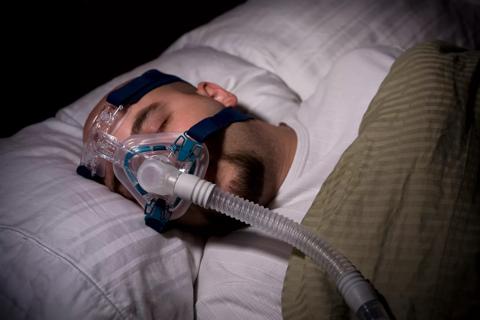
A review of conservative, pressure-based and surgical treatments for OSA
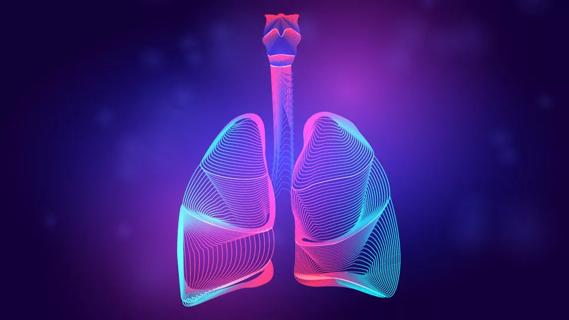
Volatile organic compounds have potential in heart failure diagnostics
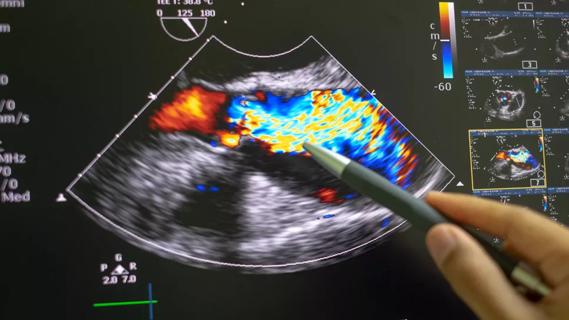
Insights for diagnosing, assessing and treating
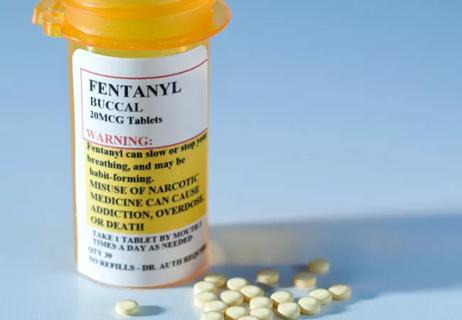
Two NIH grants are looking at developing new antidotes against fentanyl overdose
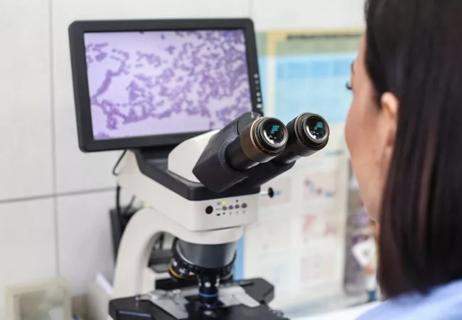
Exploring the responses to medications and other supportive therapies

A set of graphs helps quantify the expected changes in forced expiratory volume at one second (FEV1), forced vital capacity (FVC) and FEV1/FVC ratio with the new race-neutral equation

Because of the associated symptoms, a multidisciplinary approach to care is essential

Patients with COPD are often affected by sarcopenia, but the underlying mechanisms for the development are poorly understood. New research looks into the causes and potential therapies